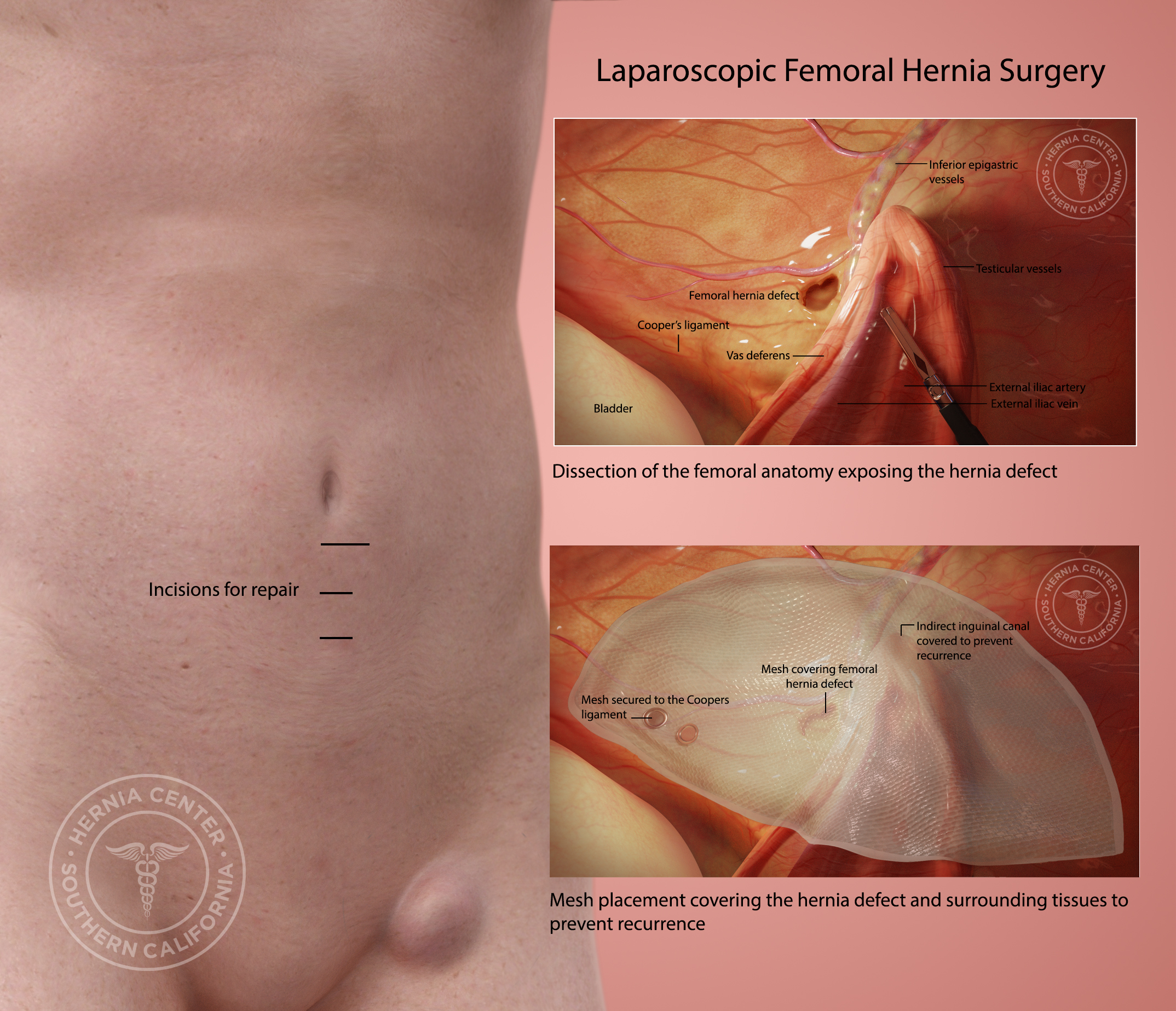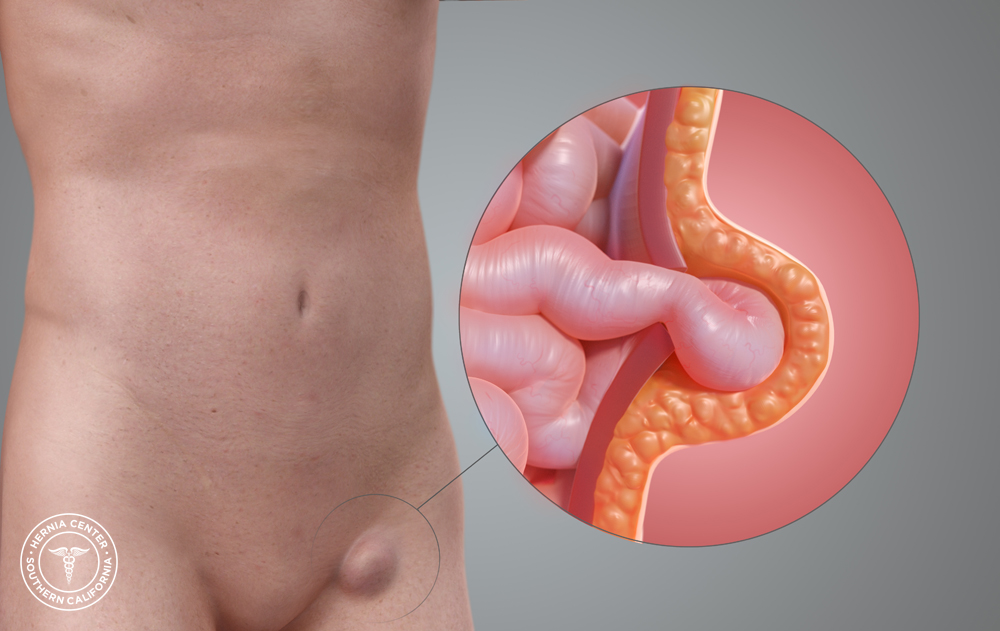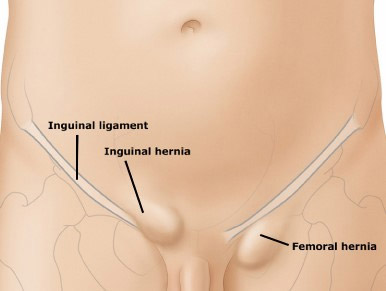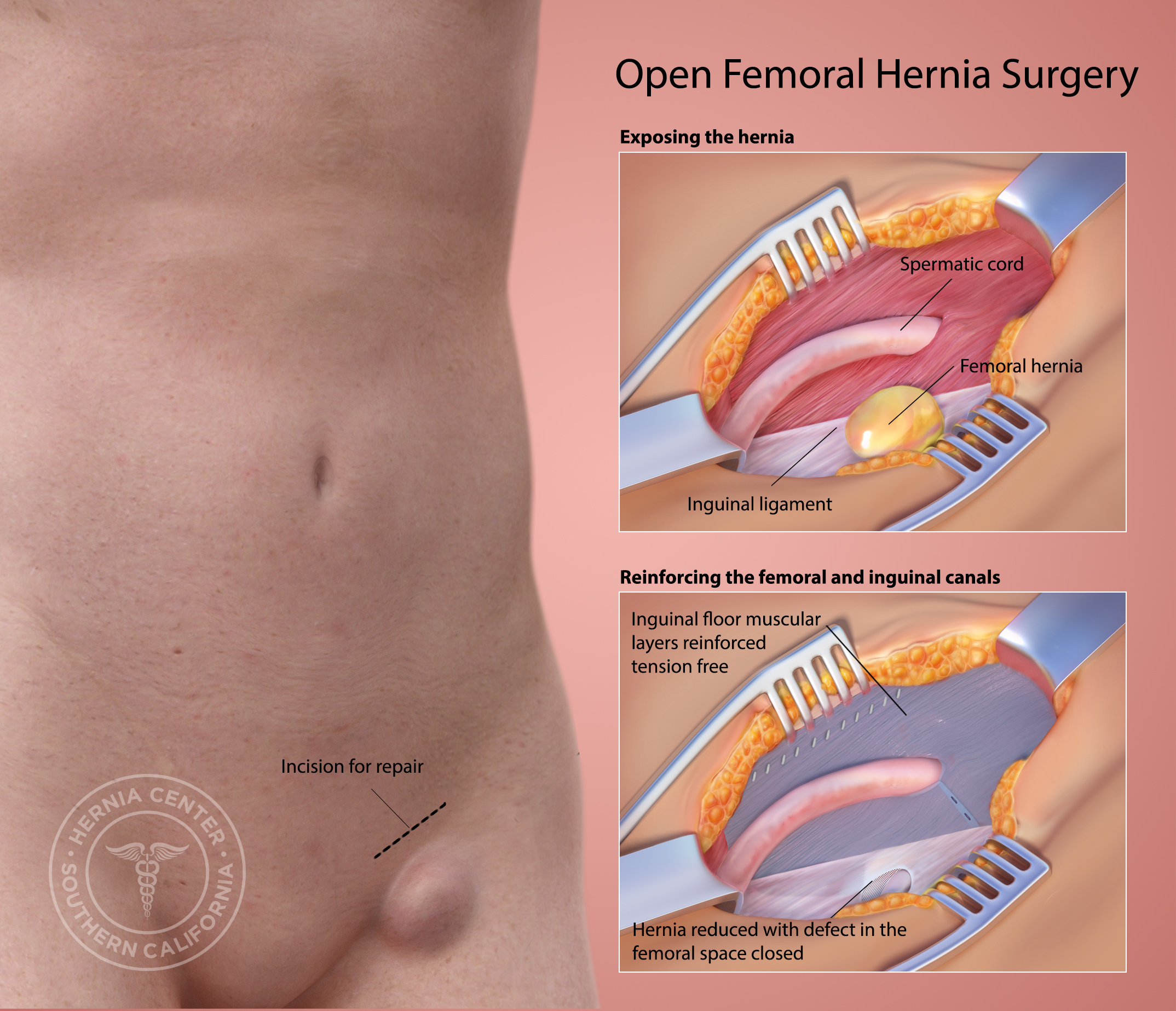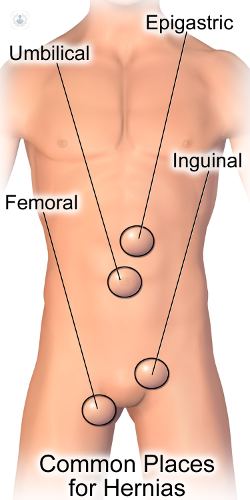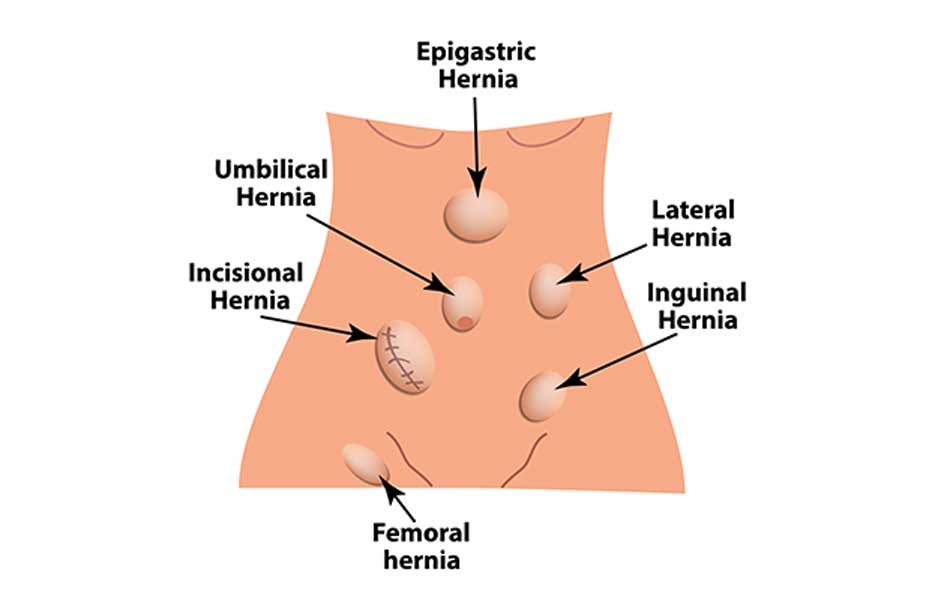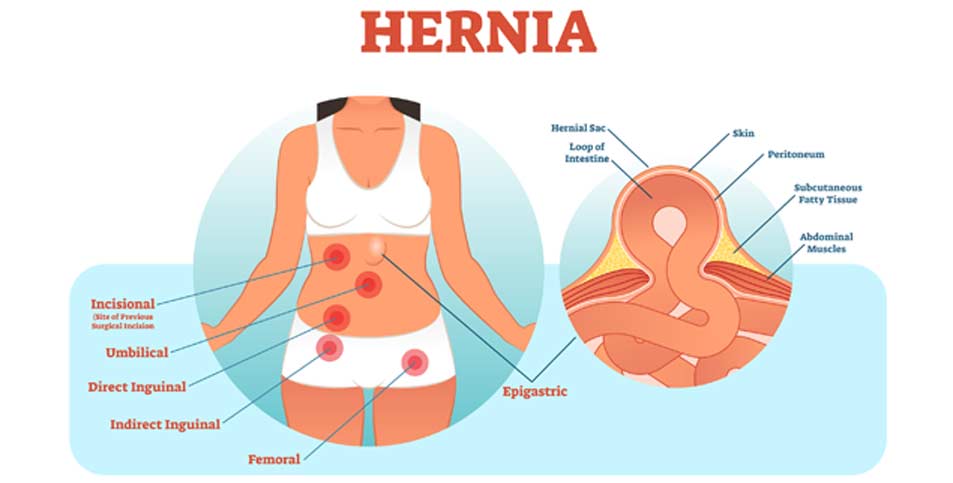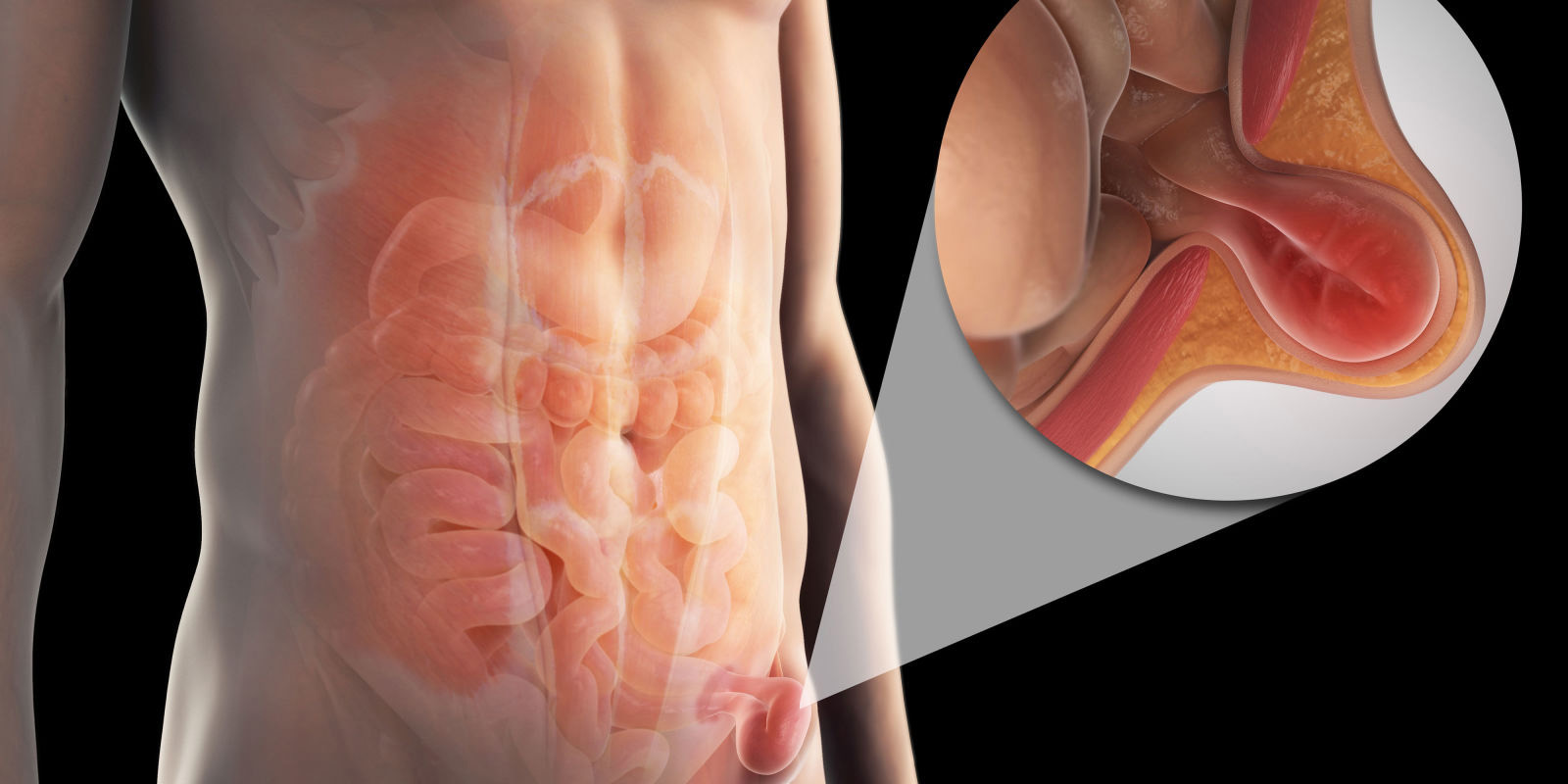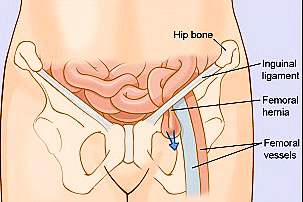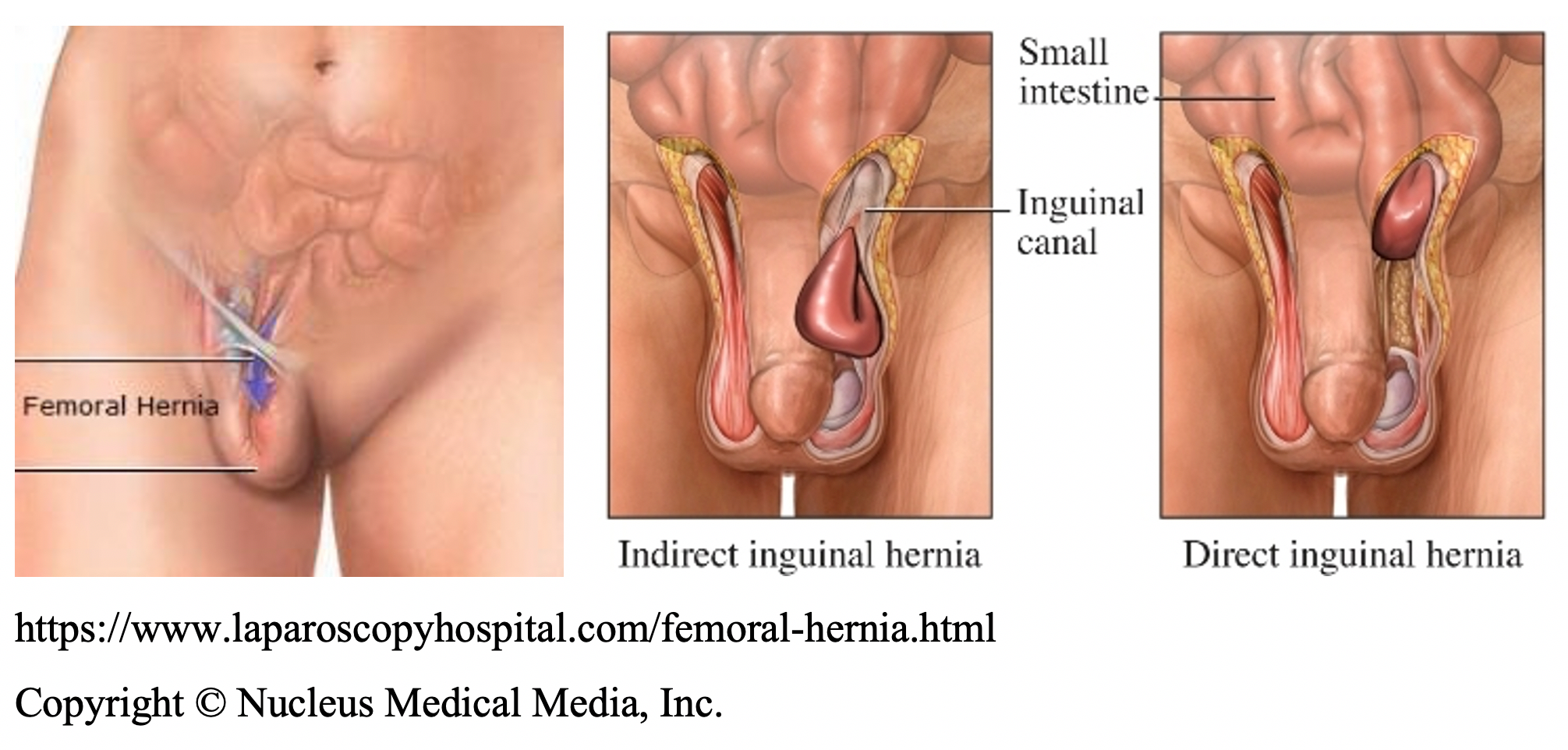Unbelievable Tips About How To Diagnose Femoral Hernia
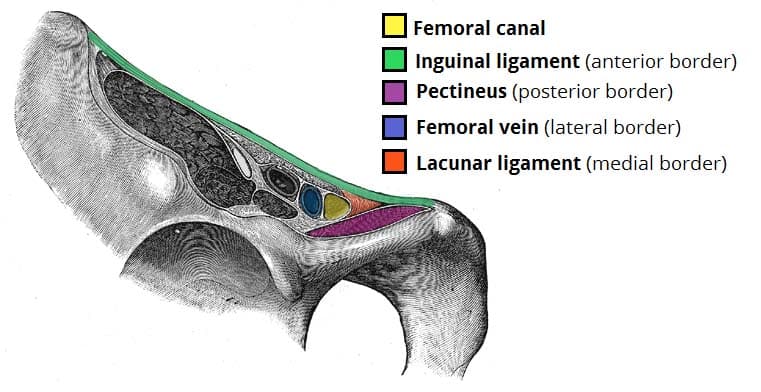
Femoral hernias are known as the “silent” hernia because they don’t usually cause symptoms and are more likely to “pinch” a part of the bowel without you knowing.
How to diagnose femoral hernia. #surgicaleducator #groinswellings #femoralhernia #usmle #babysurgeon #surgicaltutorsubscription link: Because standing and coughing can make a hernia more prominent, you'll likely be asked to stand and cough or strain. More symptoms of a hernia include:
How do you fix a femoral hernia? The diagnosis of femoral hernia is done by conducting an ultrasound of the abdomen and the groin area. This lump is typically retort shaped.
Laughing, crying, coughing, straining during a bowel movement, or physical activity may make the lump reappear after it has been pushed in. Causes, symptoms, diagnosis & treatment. Explained by michael albin, m.d.
The femoral hernia is the protrusion of an abdominal content or an intestine fragment through the femoral channel. Symptoms in men, a bulge you can see or feel, aching pain in the. If symptoms indicate a possible hernia but your doctor cannot confirm it by an exam, an mri can provide definitive evidence.
Our preferred method is to place a soft mesh cone plug in the femoral canal. Femoral hernias typically present as a groin lump or bulge, which may differ in size during the day, based on internal pressure variations of the intestine. This can be done with local.
This sits in the femoral canal where it remains, stopping anything going through. Femoral hernia symptoms (presentation) presentation is as a lump in the groin, lateral and inferior to the pubic tubercle but a large hernia may bulge over the inguinal.
